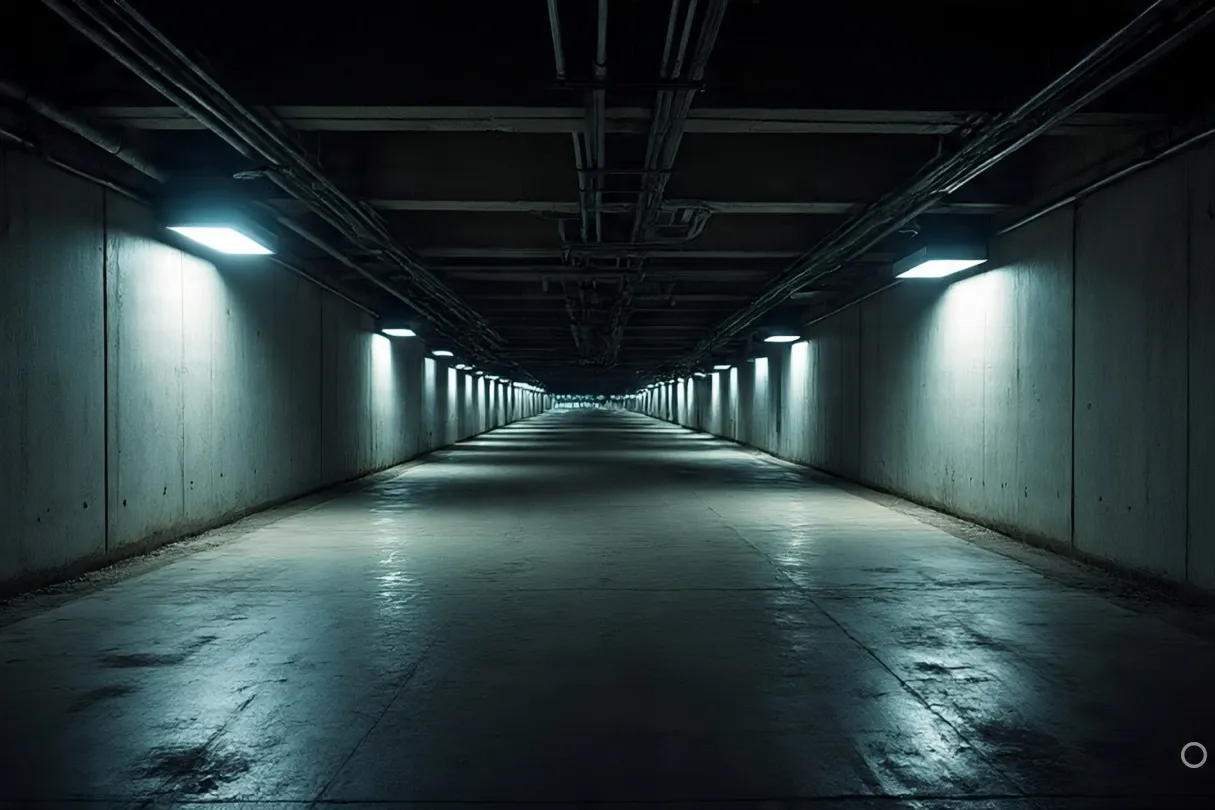🕰️ From Rebellion to Respectability: How the Story Has Shifted
In Singapore’s classrooms today, students flip through glossy, updated history textbooks that narrate the country’s journey from a struggling colony to a gleaming metropolis. But if you placed these new editions side-by-side with textbooks from the 1980s or 1990s, something becomes strikingly clear: certain figures and movements once described in detail have either vanished or been reframed.
✍️ For decades, Singapore’s national story has emphasized resilience, meritocracy, and economic transformation. But critics and academics have pointed out a quieter trend—one where stories of leftist leaders, anti-colonial activists, and dissenting voices are slowly being trimmed out or reduced to footnotes.
📖 Textbooks: Then vs. Now
The change is most visible in the nation’s history curriculum. While older books covered the political diversity of post-war Singapore—including union activism, opposition politics, and the influence of socialism—newer texts tend to streamline the narrative.
📝 Notable textbook differences observed by educators:
| Element | Older Editions (Pre-2000) | Newer Editions (Post-2010) |
|---|---|---|
| Coverage of Barisan Sosialis | Detailed accounts of their role and electoral strength | Brief mentions as part of political instability |
| Trade Union Movements | Framed as a key player in anti-colonial efforts | Cast as disruptive or problematic forces |
| Operation Coldstore | Debated as controversial; includes academic counterpoints | Described as a necessary step to ensure national security |
| Lee Kuan Yew’s Opposition | Presented with critical discussion of political pluralism | Framed within a dominant leadership and national unity context |
👀 A history teacher, speaking anonymously, remarked:
“The older syllabus felt more like history. The newer one feels like a civics lesson.”
🏛️ Museums and Memory Management
It’s not just textbooks. Public history spaces—like the National Museum of Singapore or permanent exhibitions at the Former Ford Factory—also reflect selective storytelling. Displays often highlight government achievements, the economic miracle, and societal harmony.
🎭 Yet, exhibits on political detentions, failed opposition figures, or controversial episodes like Operation Spectrum (alleged Marxist plot arrests in 1987) are either missing or sanitized.
Some argue this is intentional memory management—a strategy to avoid reopening wounds or sparking unnecessary public unrest. Others believe it’s part of a broader, global phenomenon where nation-states curate their histories to foster unity and pride.
🔍 Global Context: Singapore’s Not Alone
Singapore isn’t unique in this. Nations across the globe grapple with how to teach their histories. The U.S. debates over slavery and critical race theory, Japan’s treatment of WWII events, or China’s Great Leap Forward omissions—all highlight a common question: “Whose version of history is told?”
🌍 History curriculum often reflects:
- Political power structures
- Cultural priorities
- National insecurities
- Economic narratives
But what sets Singapore apart is its remarkable centralization of narrative. With government-linked publishers, state-controlled media, and a single-party political dominance, the machinery for curating the past is powerful—and efficient.
🎙️ What the Government and Educators Say
Singapore’s Ministry of Education (MOE) insists its curriculum reflects factual accuracy and relevance. Officials argue that while space constraints affect what can be included, the core aim is nation-building, not whitewashing.
🎤 MOE spokesperson:
“Our curriculum is regularly reviewed by historians, teachers, and subject matter experts to ensure it reflects both historical truths and educational goals.”
Some educators echo this defense. They argue that history lessons are not about chronicling every detail but shaping informed citizens who understand the nation’s journey.
📚 A school principal told us:
“We don’t need to glorify dissent to teach critical thinking. Our aim is to present balanced views within a unifying framework.”
🧠 The Conspiracy or the Curriculum?
Is this conspiracy or curriculum design? For many, the line is blurred.
📌 Arguments fueling suspicion include:
- Gradual omission of alternative ideologies
- Sanitized portrayal of political crises
- Emphasis on state achievements
🧠 But from a policymaker’s lens, it may look more like narrative discipline—a way to ensure national unity in a multicultural society vulnerable to division.
And perhaps that’s the paradox of Singapore: a nation founded on diversity and dissent, yet stabilized by order and control.
🧭 Who Owns the Past?
In the end, history is never just about the past. It’s about what we choose to remember—and why. When certain chapters are quietly rewritten or removed, they don’t disappear. They linger in whispers, private recollections, and alternative media.
Singapore’s evolving historical narrative reflects more than state control—it reflects our collective discomfort with complexity. But nations mature when they confront uncomfortable truths, not avoid them.
📢 And so the question remains:
🕵️ Are we studying history—or are we being studied by it?




